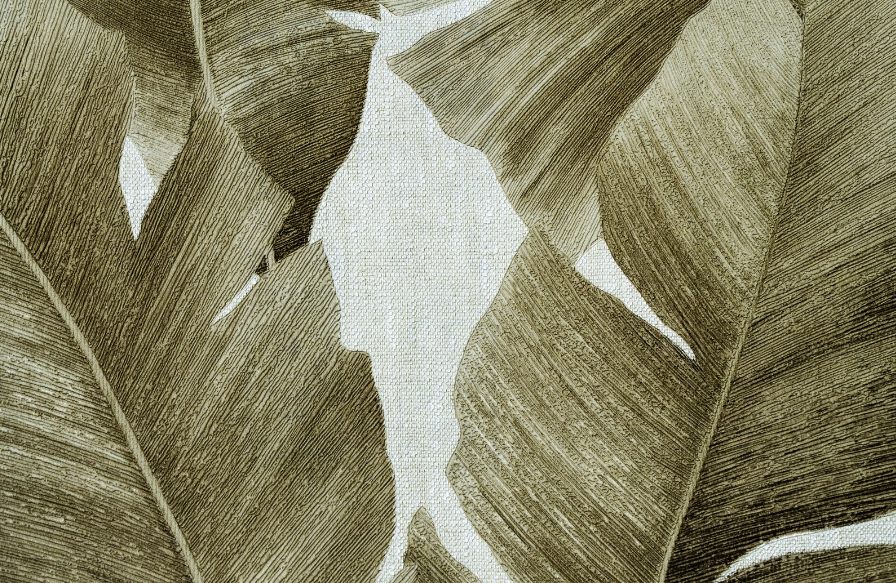
Pool Concrete
Concrete pool coping serves as the cap or edging around the perimeter of a swimming pool. It helps to protect the pool structure, provides a clean finish, and can enhance the pool's overall appearance. There are several types of concrete pool coping, each offering unique aesthetics, durability, and functionality. Here are some of the most common types:
1. Cantilevered Concrete Coping
This is one of the most popular coping types for inground pools. It is poured directly over the pool's edge, creating a smooth, seamless look. The concrete "cantilevers" or overhangs the pool shell slightly, creating a clean, modern look.
2. Stone-face concrete coping
Stone-face coping is molded to create the appearance of natural stone but without the cost. It adds character and flare!
3. BULLNOSE CONCRETE COPING
Bullnose coping features rounded edges, providing a smooth, soft look that eliminates sharp corners. It’s a traditional coping style often used for both residential and commercial pools.
POOL DECK- STAMPED OR NON-STAMPED?
When deciding between stamped concrete and non-stamped concrete for a pool deck, several factors such as aesthetics, durability, cost, and maintenance need to be considered. Here's a detailed comparison:
1. Aesthetics
Stamped Concrete:
Visual Appeal: Stamped concrete can be made to resemble natural materials like stone, brick, slate, or tile. It's available in a wide range of patterns, colors, and textures, offering a high-end look.
Customization: It offers more design flexibility. You can customize the appearance to match the surrounding landscape or pool area with intricate patterns and colors.
Non-Stamped Concrete:
Plain and Simple: Non-stamped concrete has a more utilitarian and uniform appearance. While it can be tinted or textured, it typically lacks the ornate, natural look of stamped concrete.
Standard Finish: It usually features a smooth, broomed, or exposed aggregate finish, which can be functional but is not as decorative as stamped designs.
2. Cost
Stamped Concrete:
Higher Initial Cost: Due to the additional labor and materials required for stamping, the cost per square foot is typically higher. Prices can vary depending on the complexity of the design.
Installation Time: The installation is more labor-intensive, which contributes to the higher cost.
Non-Stamped Concrete:
Lower Initial Cost: Non-stamped concrete is more affordable because it involves less intricate labor and fewer materials.
Quicker Installation: The process is faster and generally easier to execute, reducing labor costs and installation time.
3. Durability
Stamped Concrete:
Long-Lasting: When properly installed and sealed, stamped concrete is quite durable and can handle heavy foot traffic, weather changes, and pool chemicals.
Sealing Needed: Because stamped concrete often has a textured surface, it's more prone to wear and tear, so it requires regular sealing to maintain its appearance and protect against stains and fading.
Non-Stamped Concrete:
Durability: Plain concrete is inherently strong and can last a long time if properly maintained. It may require fewer touch-ups compared to stamped concrete, though it may not offer the same level of visual appeal.
Maintenance: Non-stamped concrete also needs sealing but is less prone to showing wear, cracks, or color fading as much as stamped concrete, since it doesn't have a detailed pattern to highlight imperfections.
4. Maintenance
Stamped Concrete:
More Maintenance Required: Stamped concrete typically needs resealing every 2-3 years, depending on weather and traffic. It is also more susceptible to cracking or chipping if not properly cared for.
Repairs: If cracks or surface damage occur, repairs can be difficult to match in terms of the pattern and color.
Non-Stamped Concrete:
Lower Maintenance: Generally, non-stamped concrete requires less maintenance and sealing. It may also be easier and less expensive to repair if cracks occur.
Longevity: It is less likely to show significant wear over time compared to stamped concrete.
5. Safety
Stamped Concrete:
Slip Resistance: Because of its textured surface, stamped concrete can offer more slip resistance, especially when finished with a proper sealer designed to enhance traction.
Surface Texture: However, the rougher texture may also make it more prone to stains and dirt buildup in the grooves.
Non-Stamped Concrete:
Slip Resistance: Non-stamped concrete can be made slip-resistant if textured or broomed, which is especially important for pool decks where water is often present.
Smooth Options: Smooth non-stamped concrete can become slippery when wet, so it's essential to choose an appropriate finish for safety.
6. Installation Time
Stamped Concrete:
Longer Installation: Stamped concrete takes more time to install because the concrete needs to be poured, colored, and then stamped with a pattern. This process can take several days.
Non-Stamped Concrete:
Faster Installation: Non-stamped concrete typically involves fewer steps, which makes the installation process faster and more straightforward.
7. Resale Value
Stamped Concrete:
Potentially Higher Resale Value: Due to its attractive and custom design, stamped concrete can increase the visual appeal of your home and potentially increase property value, especially in areas where aesthetics are a priority.
Non-Stamped Concrete:
Minimal Impact on Resale Value: While functional, non-stamped concrete doesn't have the same "wow" factor. It may not add as much value to the property in terms of aesthetics compared to stamped concrete.
8. Temperature
Stamped Concrete:
Can Get Hotter: Like any concrete, stamped concrete can absorb heat, making it uncomfortable to walk on barefoot during hot weather, particularly if it's a darker color.
Non-Stamped Concrete:
Generally Cooler: Non-stamped concrete is less likely to absorb as much heat, especially if it's light in color or has a broomed finish, making it a better option for hot climates.
Conclusion:
Choose Stamped Concrete if you want a highly decorative, customizable pool deck that adds aesthetic appeal and potentially increases home value. Be prepared for higher upfront costs and more maintenance.
Choose Non-Stamped Concrete if you’re looking for a more budget-friendly, low-maintenance, and practical solution that still provides a clean, functional pool deck with fewer upkeep requirements.
Both options can work well, but the best choice depends on your priorities—whether it’s design, cost, durability, or long-term maintenance.
concrete here is more than just “concrete.” We are dedicated to integrating the latest advancements in concrete, premium products, and inventive techniques.
Stamped concrete is a captivating substitute for brick pavers or natural stone if you desire to elevate your outdoor living area. Our projects typically include the removal, installation, or maintenance of various outdoor features such as driveways, patios, walkways, steps & pool decks. Explore our extensive range of colors, patterns, stains, & accent borders.
We aim to enhance the functionality, aesthetics, and usability of the outdoor space while creating a safe and welcoming environment for all.
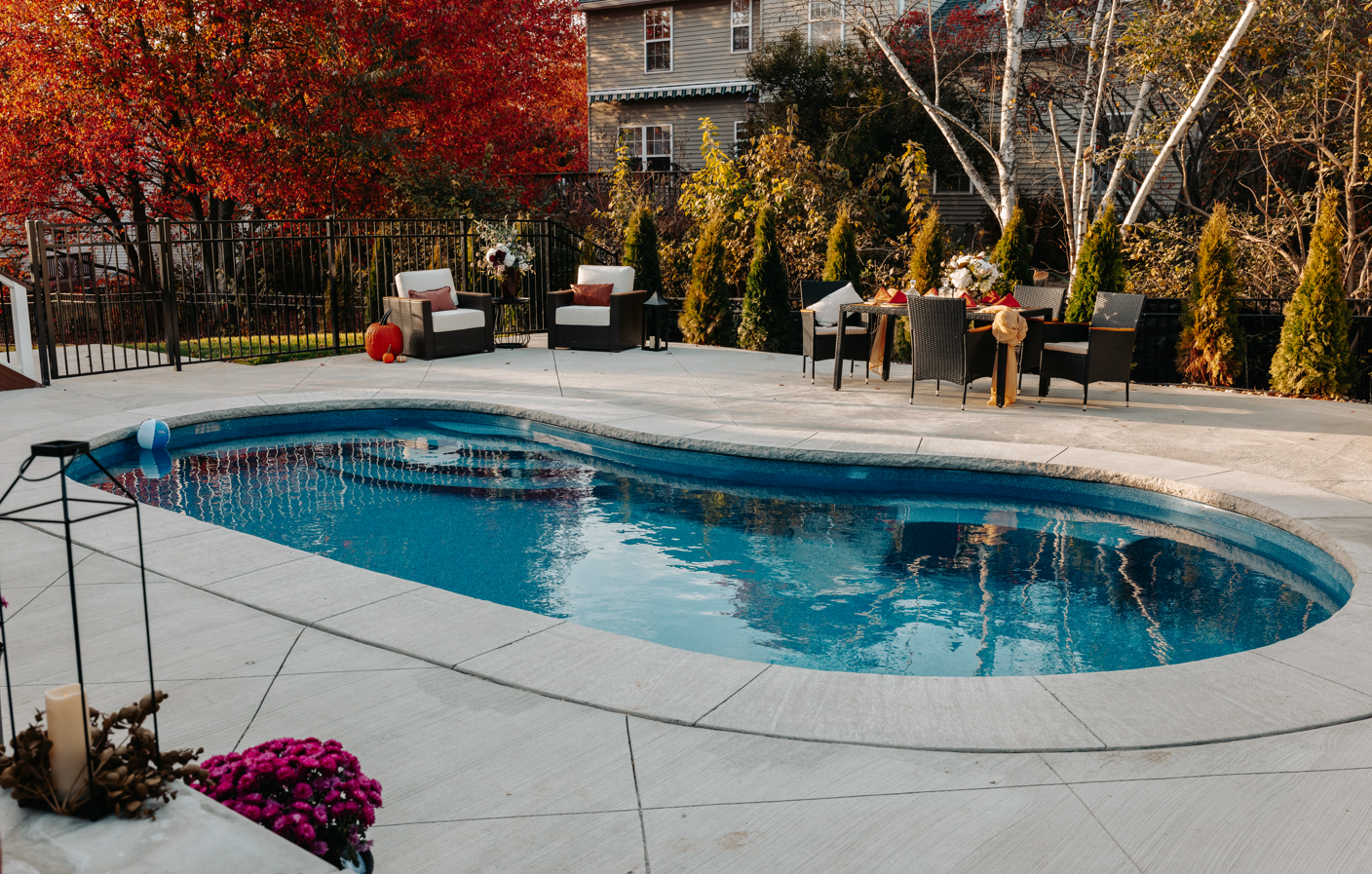
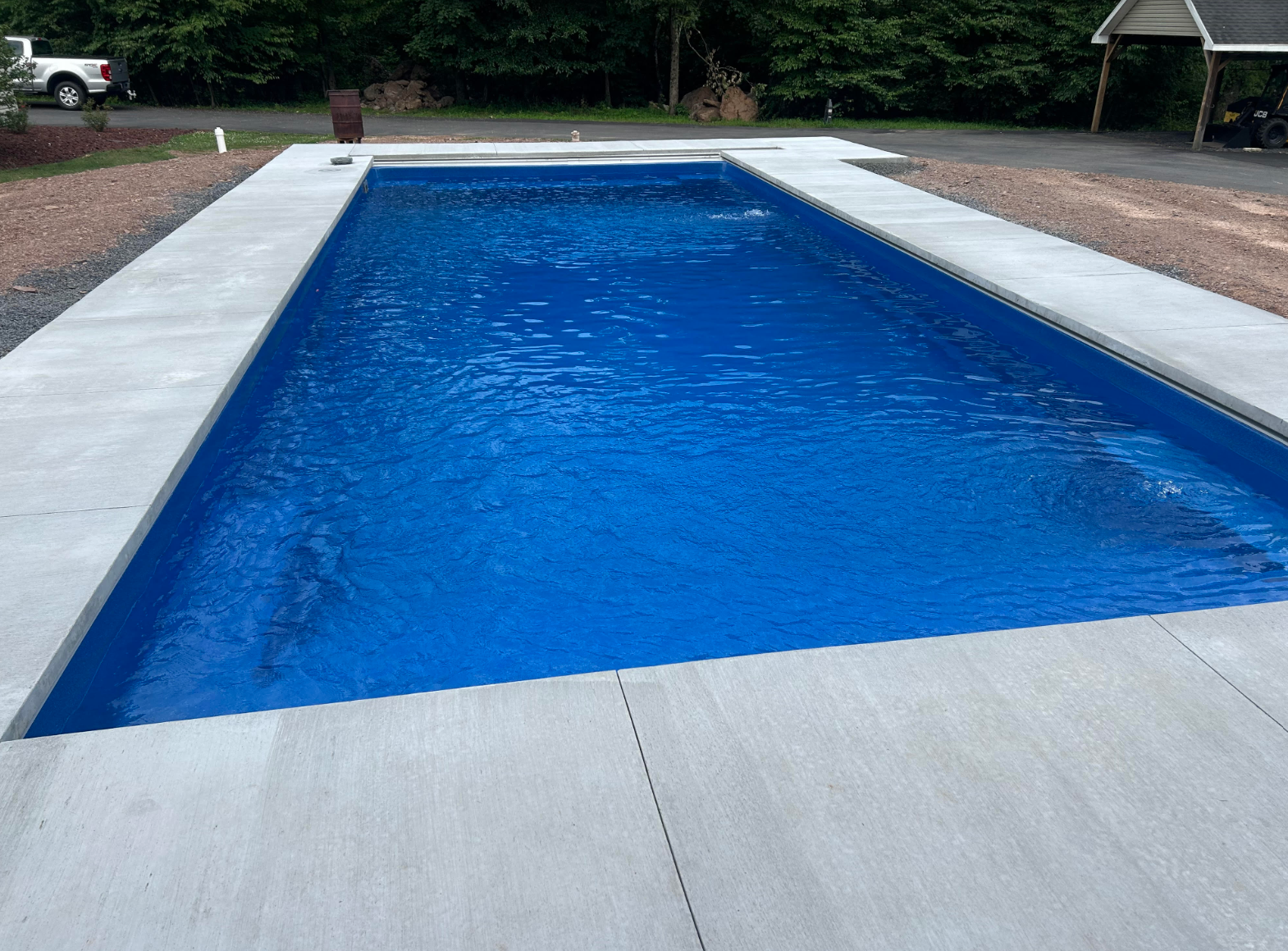
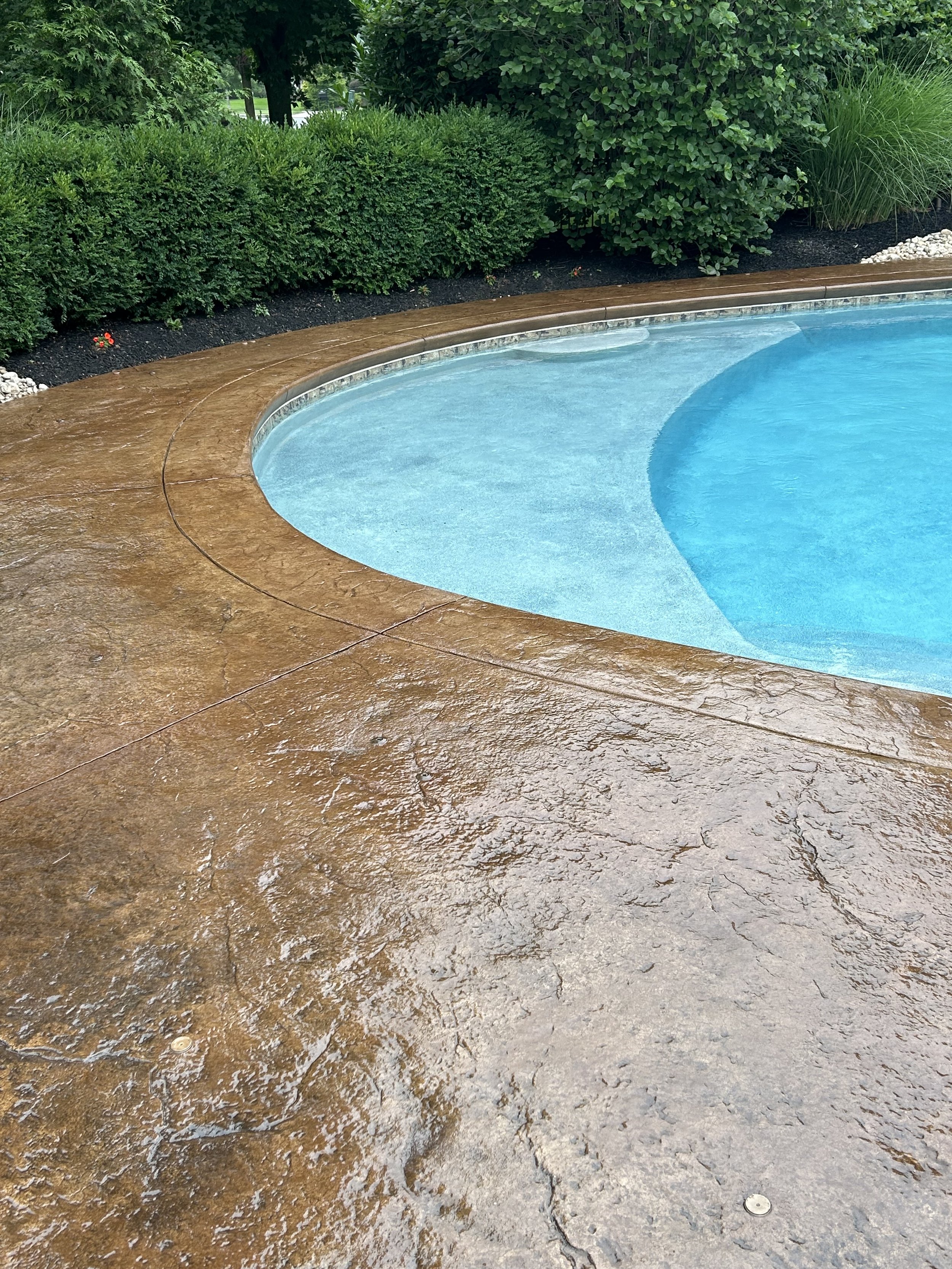
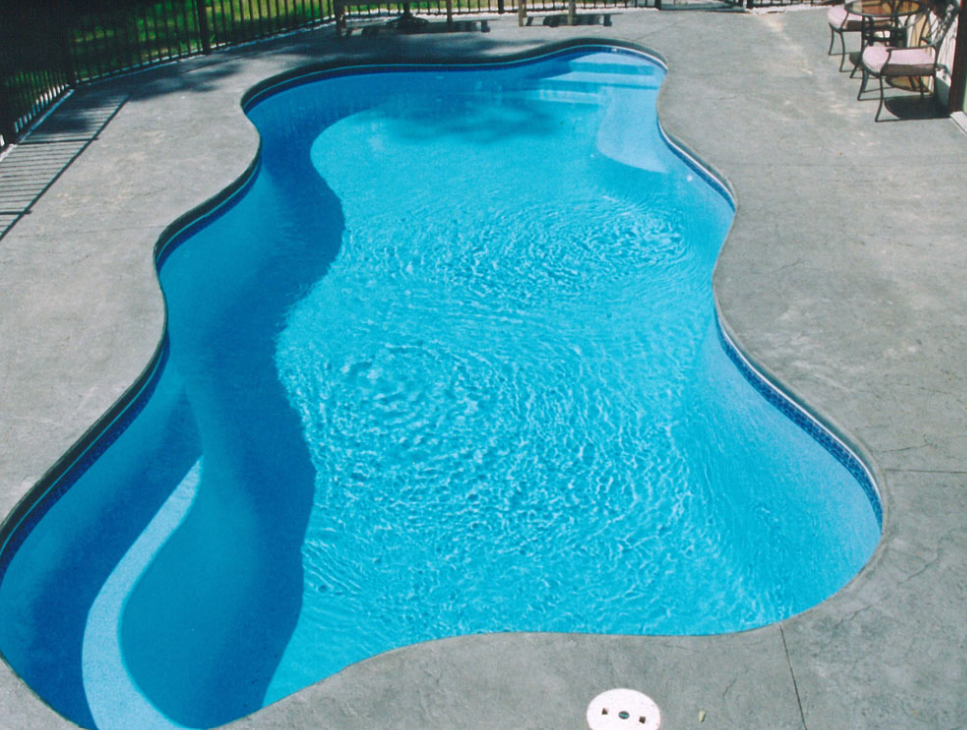
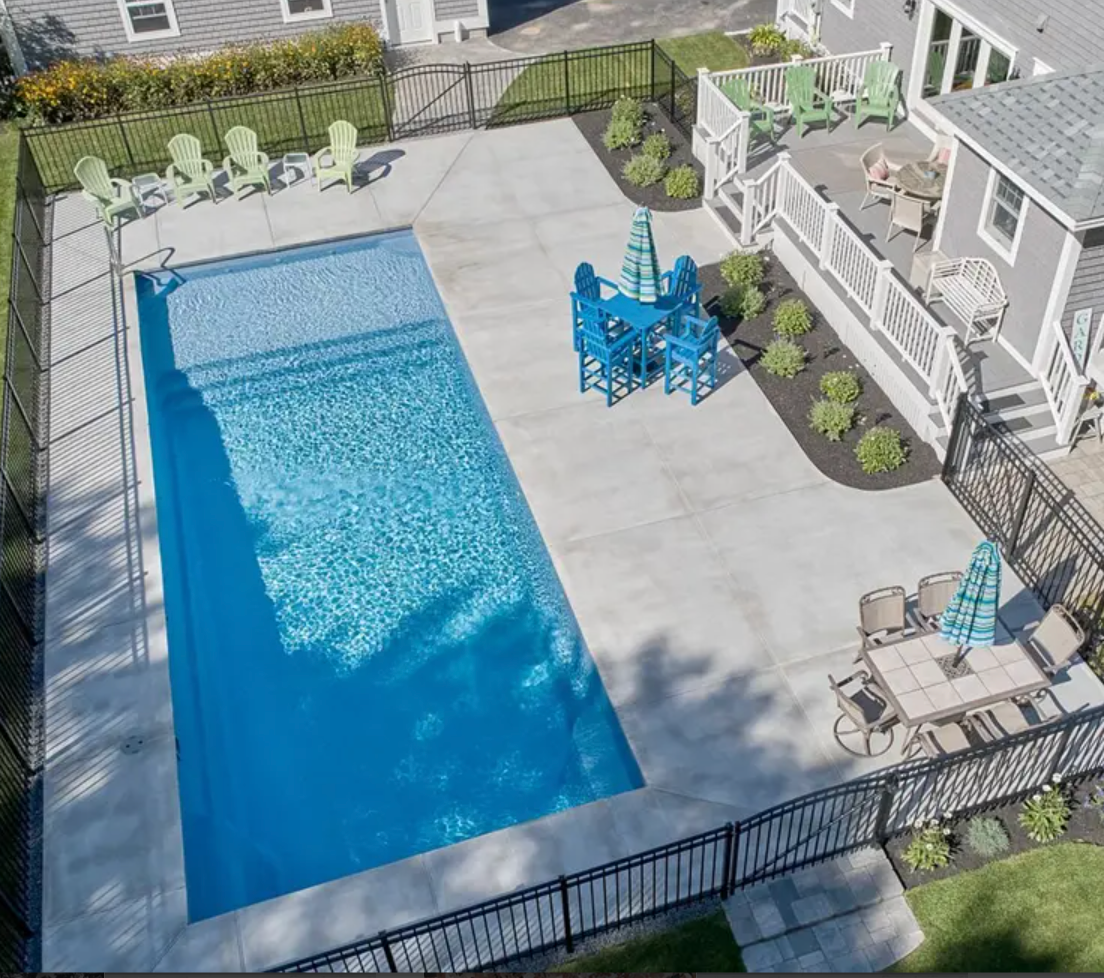
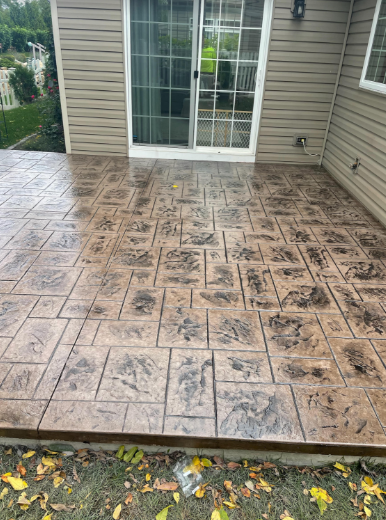
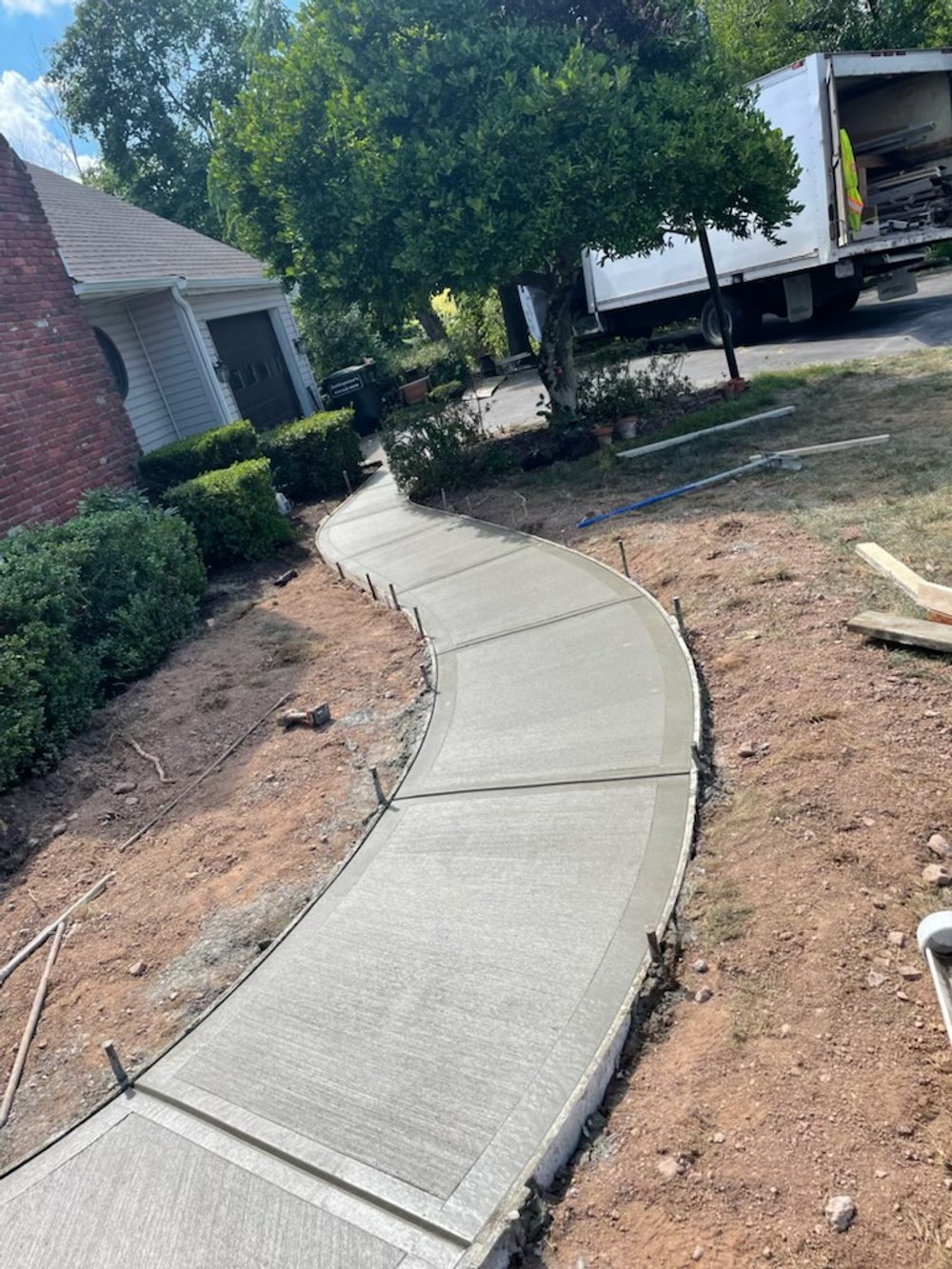
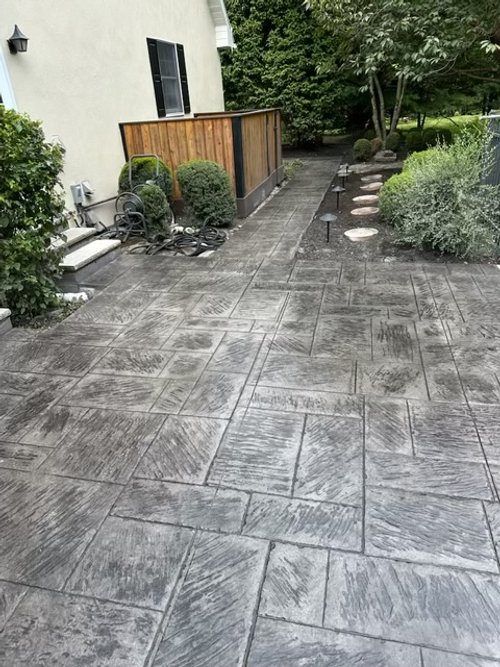
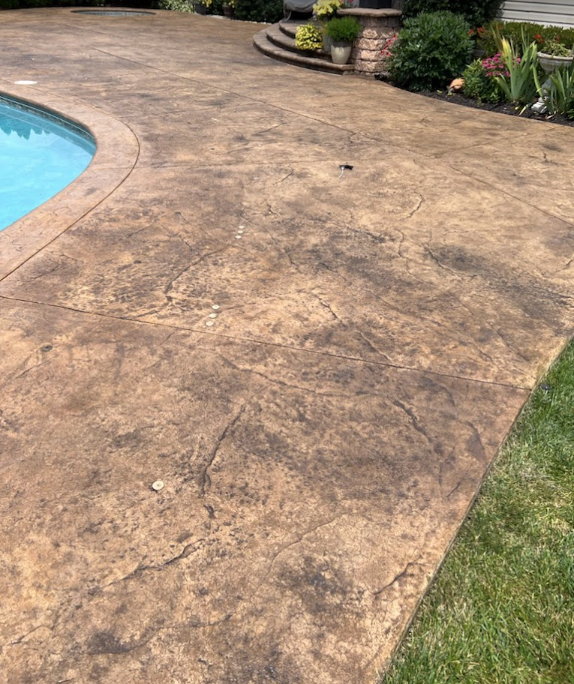
STAMPED CONCRETE PATTERNS
Below are all available patterns and textures we offer.
-
Old English
Increte Original

-
Slate Skin
Increte Original

-
Ashlar Slate*

-
Herringbone Brick

-
Antique Wood Plank

-
Running Brick
Border size available*







